Web Development Course Syllabus For Beginners
4.9 out of 5 based on 8745 votesLast updated on 11th Sep 2024 13.8K Views
- Bookmark

The web Development Course syllabus covers front-end frameworks and basic back-end development including HTML, CSS, and JavaScript.
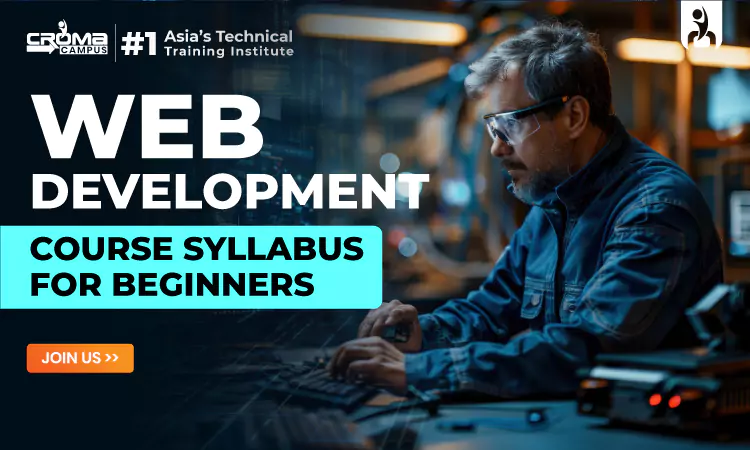
Overview
In the digital world today, Web Development Courses are incredibly valuable for anyone who wants to learn how to create and manage websites. These courses provide a clear path for beginners, covering everything from the basics of web design to more advanced topics. If you are thinking about taking a Web Development Course, understanding the syllabus can help you know what to expect. This guide will walk you through a typical Course Syllabus for beginners, explain the roadmap, and offer tips on choosing the right Web Development Institute in Delhi.
What Are Web Development Courses?
Web Development Courses are designed to teach you how to build and manage websites. They cover a variety of topics, from simple HTML to complex server-side programming. By following a well-organized syllabus, you will be able to learn step-by-step and build the skills you need for a career in web development. Understanding the web development roadmap helps you know which topics you will cover and in what order, making your learning experience smoother and more effective.
Importance of Understanding the Course Syllabus for Beginners
The course syllabus is really important for beginners because it helps you learn web development in an organized way. Think of it as a step-by-step guide that starts with the basics, like HTML and CSS, and then moves on to more complex topics, such as JavaScript and server-side programming. This order helps you build a strong foundation so you are ready to tackle more difficult concepts later on.
A clear roadmap shows you the sequence of topics you will cover, making sure you learn everything you need without missing important parts. By following the web developer course syllabus, you can avoid getting confused or stuck because you will know exactly what comes next.
If you are choosing a Web Development Institute in Delhi, check if they offer a detailed website development course syllabus. A good syllabus means the institute covers all the important topics and provides a complete learning experience. In simple terms, a well-organized syllabus of web development helps you learn more effectively and prepares you for real-world web development tasks.
Why Does a Good Syllabus Matter?
A good web development syllabus is essential because it helps structure your learning. It ensures that you cover all the important topics in the right order, which makes learning easier. The website development course syllabus starts with basic concepts and gradually moves to more advanced topics, providing a clear path from start to finish. This step-by-step approach helps you build a strong foundation before moving on to more complex subjects.
What to Expect in a Beginner’s Course Syllabus?
A typical course syllabus for beginners usually includes the following parts:
1. Getting Started with Web Development
In the beginning, you will learn the basics of web development. This part of the web development roadmap covers:
- What is Web Development?: Understanding the basics of web development and different types like front-end, back-end, and full-stack.
- Web Servers and Browsers: Learning how websites are hosted and displayed on browsers.
- Introduction to Web Technologies: Basic concepts of how the web works.
2. Learning HTML
HTML (HyperText Markup Language) is the foundation of any website. The web development course syllabus for beginners includes:
- HTML Tags: Learning about various HTML tags like <html>, <head>, <body>, and how to use them.
- Creating Web Pages: How to structure a simple web page using HTML.
- Forms and Inputs: Introduction to creating forms and handling user input.
3. Getting to Know CSS
CSS:
- CSS Basics: Learning how to apply styles to HTML elements.
- Box Model: Understanding the box model, which includes margins, borders, padding, and content areas.
- Layouts: Introduction to different layout techniques like Flexbox and Grid to arrange elements on a page.
4. Introduction to JavaScript
JavaScript makes websites interactive. The web development syllabus covers:
- JavaScript Basics: Learning the syntax and basic operations of JavaScript.
- Variables and Data Types: Understanding how to use variables and data types in JavaScript.
- Functions and Events: Learning how to write functions and handle user actions like clicks and keypresses.
5. Making Websites Responsive
The syllabus includes:
- Media Queries: Using media queries to adjust the design for different screen sizes.
- Flexible Layouts: Creating layouts that adapt to various screen sizes.
- Mobile-First Design: Mobile-first design for websites.
6. Learning Version Control
Version control helps manage changes to your code. The web development roadmap covers:
- Introduction to Git: Basics of using Git to track changes in your code.
- Using GitHub: How to use GitHub for collaborating and managing code versions.
7. Getting Started with Backend Development
Backend development involves working with servers and databases. The course syllabus includes:
- Server-Side Languages: Basics of languages like Node.js or Python used for backend development.
- Databases: Introduction to databases and basic SQL commands.
- APIs: Understanding how to use APIs to interact with other services.
8. Building a Project
In the final stages of the course syllabus, you will work on a project. This part includes:
- Project Planning: Learning how to plan and organize your project.
- Building the Project: Applying what you have learned to create a complete website or web application.
- Testing and Deployment: Testing your project to make sure it works and deploying it to a live server.
Also Read These Posts:
Web Development Interview Questions
Java Full Stack Developer Course Syllabus
Choosing the Right Web Development Institute in Delhi
When looking for a Web Development Institute in Delhi, it's important to find one that offers a comprehensive web development course syllabus. Here’s what to consider:
- Course Content: Ensure the institute covers all essential topics in their website development course syllabus.
- Experienced Faculty: Look for institutes with experienced instructors who can provide practical insights.
- Practical Experience: Choose an institute that offers hands-on projects and real-world experience.
Understanding the Web Development Roadmap
The roadmap outlines the sequence of topics and skills to learn. For beginners, the web development roadmap for beginners usually starts with HTML and CSS, then moves to JavaScript, responsive design, and backend development.
A Typical Roadmap for Web Development
- Start with Basics: HTML and CSS
- Learn Intermediate Skills: JavaScript and Responsive Design
- Explore Advanced Topics: Backend Development, Version Control
- Apply Your Skills: Build and deploy a complete project
| Step | What to Learn | What It Means |
Start with the Basics | HTML, CSS | Creating and styling web pages is one of the most important skills to learn. |
Learn Intermediate Skills | JavaScript, Responsive Design | Add interactive features and make your website look good on phones. |
Explore Advanced Topics | Backend Development, Version Control (Git) | Learn how to manage data on the server and keep track of code changes. |
Put Your Skills to Use | Build and launch a complete project | Use everything you have learned to create and publish a website. |
The roadmap ensures that you learn the basics first before moving on to more complex topics. It helps you build a strong foundation and progress logically.
Key Elements of a Web Development Course Syllabus
A good website development course syllabus should be detailed and cover various aspects:
- Introduction: Basic concepts and overview of web development.
- Core Technologies: HTML, CSS, JavaScript, and their uses.
- Advanced Topics: Backend development, databases, and APIs.
- Practical Work: Projects to apply what you have learned.
- Assessments: Regular tests to check your understanding.
The syllabus of web development should be up-to-date and align with current industry practices. This ensures that you are learning relevant skills that will be useful in the job market.
Conclusion
Taking a Web Development Course can be a great way to start a tech career or improve your skills. By understanding the syllabus and following a clear web development roadmap, you can navigate the learning process effectively. Whether you choose a Web Development Institute in Delhi or an online course, make sure the program offers a comprehensive web development syllabus and practical experience. With the right resources and a structured Full Stack Web Development Course, you'll be on your way to mastering web development.
Subscribe For Free Demo
Free Demo for Corporate & Online Trainings.
Your email address will not be published. Required fields are marked *
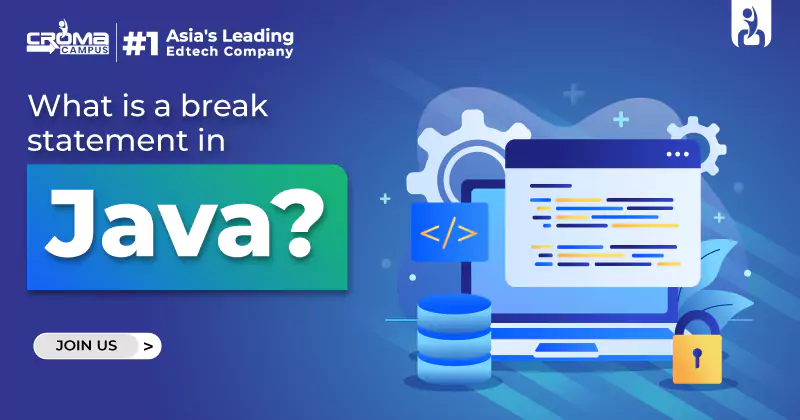
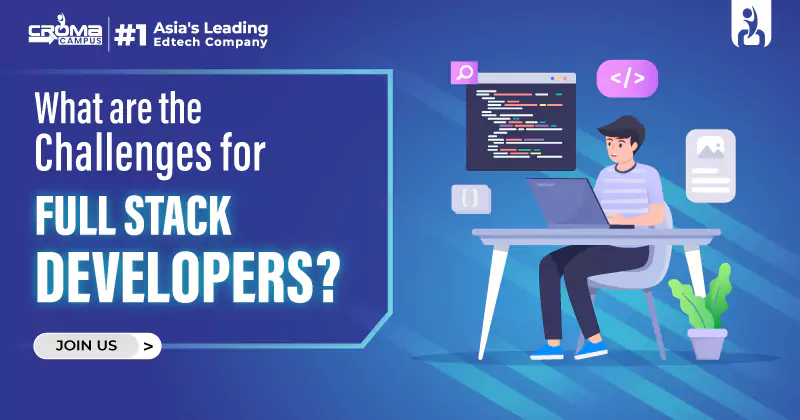
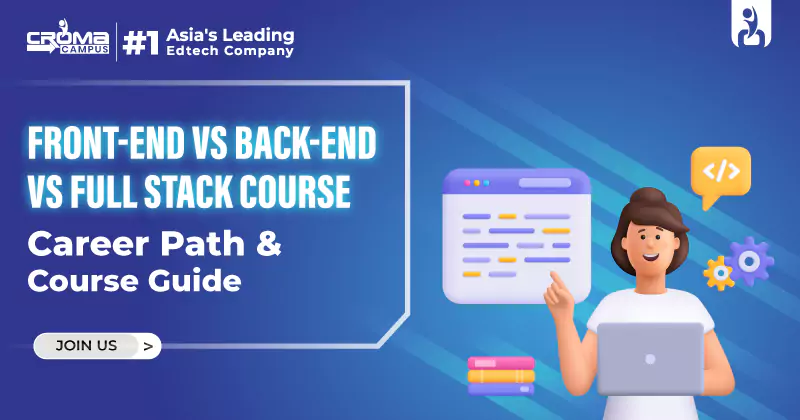

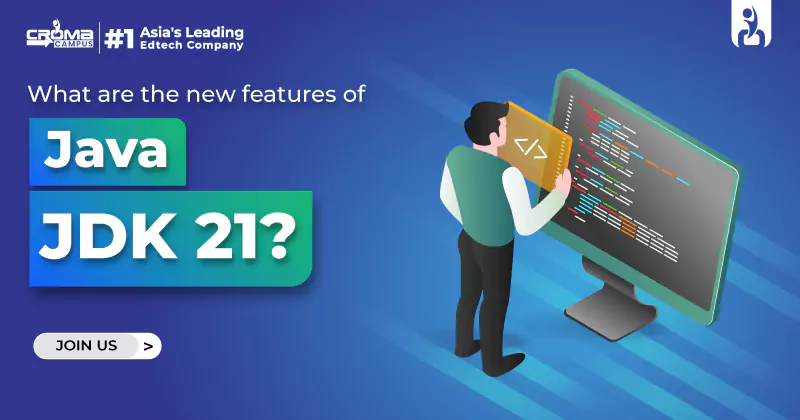


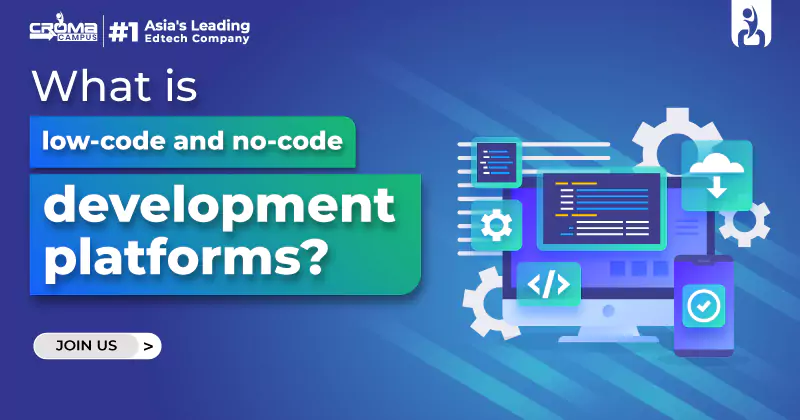
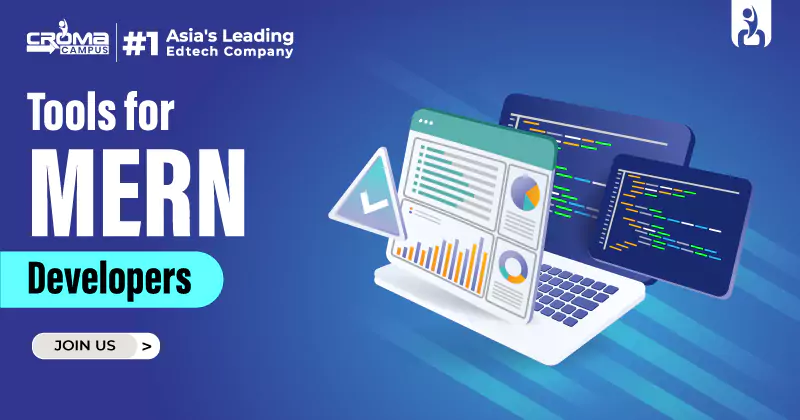
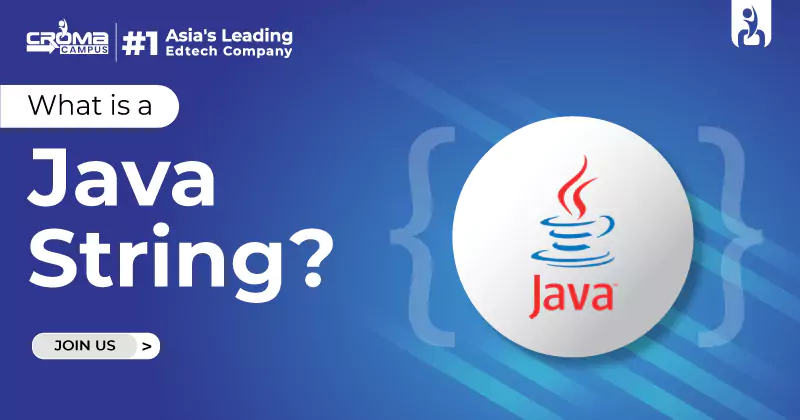
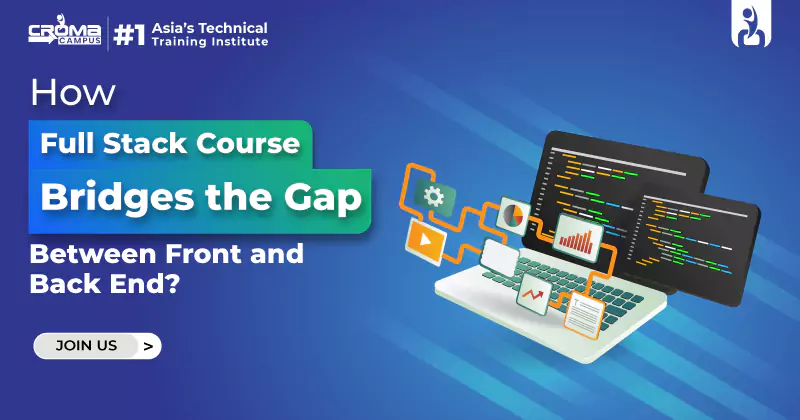
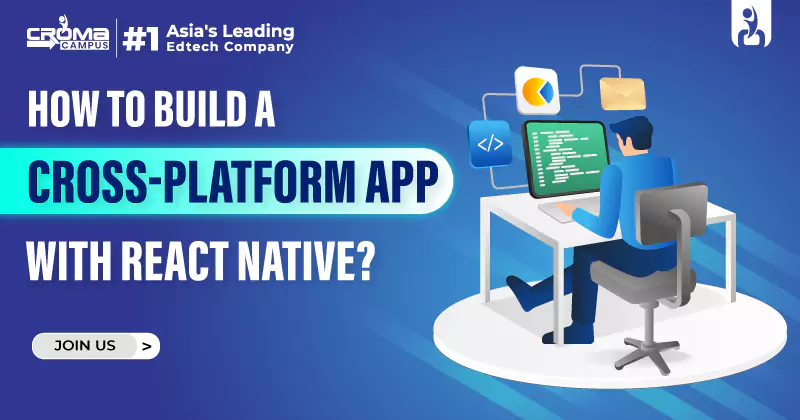













.webp)

.png)















